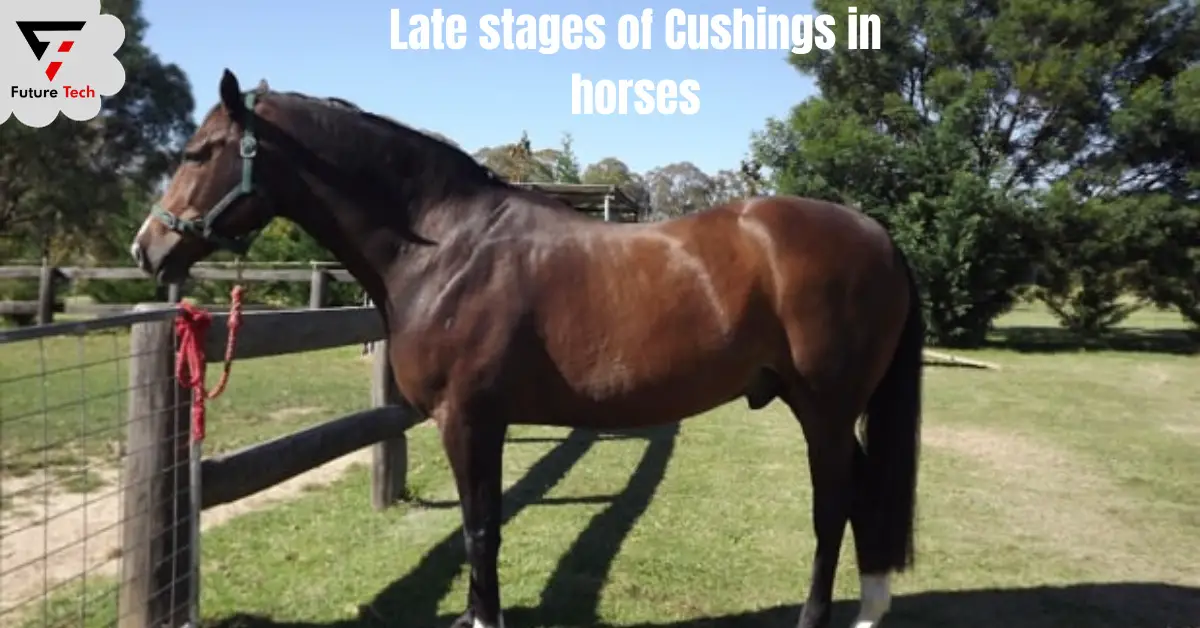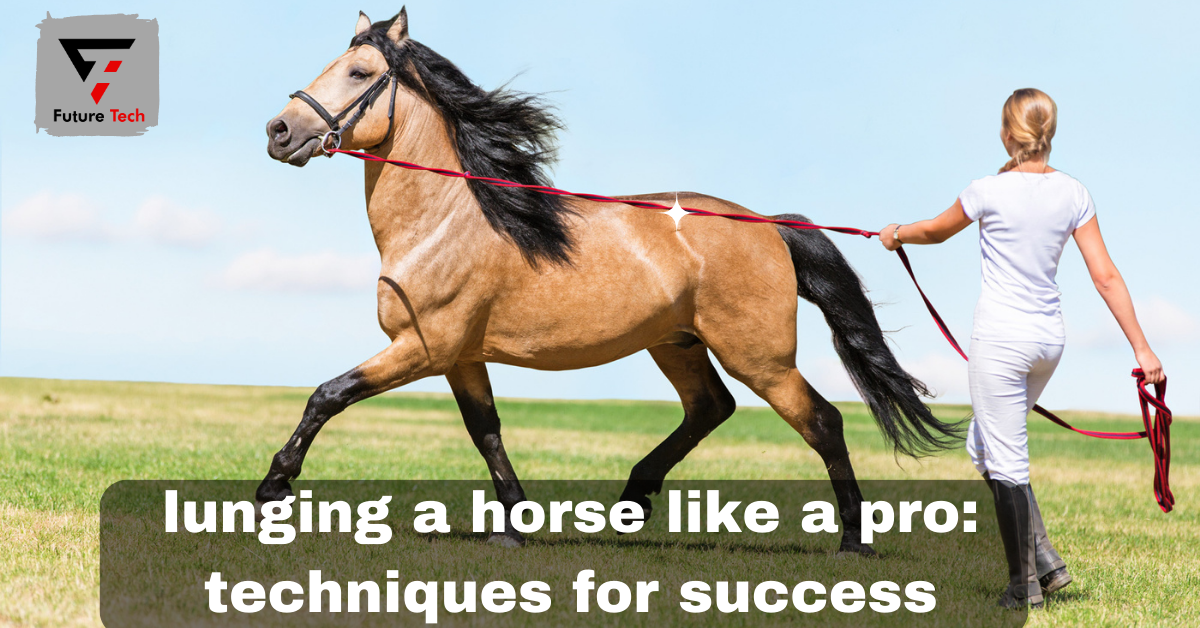Horse stables are essential to the equine industry, providing dedicated spaces for caring, lodging, and overseeing horses. Purposefully constructed structures create secure and comfortable environments that shield horses from the elements and allocate specific areas for crucial activities such as feeding, grooming, and relaxation. With diverse sizes and designs, horse stables tailor themselves to meet the unique needs of various horse breeds, disciplines, and management methods.
Whether located on a small private farm or within an expansive equestrian center, the significance of horse stables remains significant—playing a pivotal role in preserving the health and proper nurturing of these magnificent animals.
Importance:
Maintaining a well-constructed stable is crucial for ensuring the well-being of horses. An excellent stable offers shelter from harsh weather conditions, provides a comfortable resting place, guarantees safety, and facilitates controlled feeding. It also permits proper hygiene, grooming, and individualized care. Within a stable, horses encounter reduced stress, interact with handlers, undergo regulated exercise, and undergo close monitoring for health and behavioral changes. A good stable promotes horses’ physical health, mental well-being, and safety while enabling effective management and care.
Designing a Horse Stable
When designing a horse stable, consider five major factors:
Stall Design and Size: Determine appropriate stall dimensions based on the size and breed of horses. Provide sufficient space for horses to stand, lie, and move comfortably. Consider tall doors, fronts, and partitions that enhance safety and prevent injury.
Ventilation and Air Quality: Ensure proper ventilation to maintain fresh air circulation and minimize dust, odors, and ammonia buildup. Adequate airflow contributes to horses’ respiratory health and overall well-being.
Lighting:
Incorporate natural and well-designed artificial lighting to create a bright and comfortable environment. Ample light improves caregivers’ visibility and positively impacts horses’ mental states.
Flooring and Drainage: Choose non-slip, durable, and easy-to-clean flooring materials. Implement proper drainage systems in stalls and aisles to prevent standing water and maintain a hygienic space.
Amenities and Layout: Plan functional amenities such as wash stalls, grooming areas, tack rooms, and storage spaces. Design an efficient layout that considers ease of movement for both horses and caregivers while promoting safety and convenience.
Importance:
Proper ventilation, lighting, and flooring play essential roles in horse stables, significantly impacting the well-being and health of the animals. Ventilation ensures fresh air circulation, reducing the accumulation of harmful gases and odours, contributing to respiratory health, and preventing discomfort.
Adequate natural or artificial lighting regulates the horses’ internal clocks, positively influencing their mood and behaviour. It also assists caretakers in accurately observing the horses’ condition and safely performing tasks. Proper flooring, designed to be non-slip and easy to clean, promotes hoof health and prevents injuries. A suitable surface minimises the risk of accidents and maintains a hygienic environment. Collectively, these elements create a comfortable, safe, and healthy space for horses to thrive in a stable environment.
Tips
Design Stables Properly: Design stables with spacious stalls that enable horses to stand, lie down, and move comfortably. Use non-slip flooring to prevent accidents. Ensure adequate ventilation for fresh air and install proper lighting to reduce stress and foster a sense of security.
Maintain Regular Cleaning and Hygiene: Remove manure, soiled bedding, and debris from stalls and aisles to maintain a clean and hygienic environment. Clean water and feed containers daily to prevent contamination. This practice prevents the spread of diseases and ensures the horses’ comfort.
Choose Quality Bedding: Select appropriate bedding materials that offer cushioning, absorb moisture, and promote comfort. Change bedding regularly to uphold hygiene standards and prevent discomfort.
Ensure Safe Pasture and Turnout: When granting horses access to pasture or turnout areas, verify that they are devoid of hazards such as holes, sharp objects, or toxic plants. Install adequate fencing and provide proper supervision to mitigate the risk of injuries.
Provide Adequate Nutrition and Water: Tailor a balanced diet to each horse’s needs, considering factors like age, activity level, and health. Ensure horses have constant access to fresh water to prevent dehydration and maintain their health.
Facilitate Social Interaction: Recognize that horses are social creatures that benefit from interaction with other horses or companionship. Whenever feasible, create opportunities for horses to interact with one another, alleviating stress and fostering their mental well-being.
Maintaining a Horse Stable
Ensuring the well-being and safety of the horses and maintaining the facility’s overall functionality hinges on regular maintenance of horse stables. Preventing the accumulation of dirt, waste, and potential hazards that could compromise the horses’ health becomes a primary objective. Maintenance activities, such as cleaning stalls, removing debris, repairing damaged structures, and checking for loose or broken equipment, actively create a clean and safe environment.
Additionally, routine maintenance is crucial in identifying and addressing issues early on, preventing them from escalating into more significant, costlier problems. Proper care underscores a commitment to the horses’ comfort and safety while also demonstrating the dedication to ensuring the efficiency of daily operations within the stable.
Clean Stalls Daily:
Clean stalls daily by removing manure, soiled bedding, and debris. This prevents waste buildup that can attract pests and lead to odour issues.
Change Bedding: Regularly change the bedding to maintain a clean and comfortable horse environment. Clean, dry bedding helps prevent skin issues and discomfort.
Sweep Aisles: Regularly sweep aisles to remove dirt, dust, and debris. A clean corridor prevents contamination and provides a safe walkway for horses and caretakers.
Implement Proper Waste Management: Implement a proper waste management system to dispose of manure and soiled bedding. This prevents the spread of pathogens and reduces odour.
Clean Water and Feed Containers: Clean water and feed containers daily to prevent the growth of bacteria and mould. Fresh, clean containers promote the horses’ health and well-being.
Maintain Hygienic Grooming Areas: Clean grooming areas by regularly sweeping and disinfecting surfaces. Grooming in a hygienic space prevents the transfer of dirt and pathogens.
Regularly Disinfect: Maintain stalls, characters, and equipment clean regularly to eradicate bacteria and stop the spread of illness. Focus primarily on high-touch areas.
Ensure Ventilation and Air Quality: Ensure proper ventilation to prevent the buildup of ammonia and odours. Good air quality contributes to a healthier environment.
Control Pests: Implement measures to control pests like flies and rodents. Regular cleaning and proper waste management help minimise pest attraction.
Set Up Foot Cleaning Stations: Set up foot cleaning stations at stable entrances to prevent the introduction of dirt and contaminants into the stable.
Perform Regular Maintenance: Keep an eye on the stable’s infrastructure and promptly repair any leaks, broken equipment, or damaged structures.
Educate Staff: Train and educate stable staff about proper cleaning and hygiene practices to ensure consistent maintenance.
The Advantages and Disadvantages of Stables and Run-In Sheds
Advantages
- Less work for the owner.
- You can achieve regular shed cleaning using a tractor.
- Horses select when they go inside the barn.
- Better circulation is, therefore, better for the lungs.
- There is a lower chance of fire.
- It is possible to build it for an acceptable cost.
- You can purchase kits requiring minimal setup sizes and engineering that align with local building codes.
- Specific designs allow for mobility, enabling you to move them in response to weather, drainage, or to another pasture for grass recovery.
- Maintenance costs are relatively minimal.
Disadvantages
- There is no way to keep a horse who needs stall rest due to injury or illness.
- Accurately determining how much a horse consumes and how much waste it produces is not possible. (Horses should create about eight piles of manure daily; less can indicate a problem.)
- If you feed concentrates, you should separate the horses.
- Cleaning and placing are more challenging to perform.
- A horse may refuse to leave terrible weather when it should.
- Depending on the wind direction, drafts can still expose horses.
- Powerful horses may refuse entry to lower-status herd members.
Essential Equipment Needed For Horse Stables
- Provide sturdy buckets or troughs for feeding hay and concentrates and water buckets or automatic waterers to ensure horses have access to fresh, clean water and proper nutrition.
- Utilise materials such as straw, shavings, or sawdust to create comfortable and absorbent flooring in the stalls, promoting hygiene and preventing discomfort.
- Keep essential grooming tools like brushes, combs, hoof picks, and grooming kits readily available. Regular grooming promotes the horses’ health, coat quality, and bonding with handlers.
- Provide the stable with equipment like wheelbarrows, shovels, and pitchforks so that trash can be removed, stalls can be cleaned effectively, and a hygienic atmosphere can be maintained.
- Provide proper storage solutions like racks, hooks, and shelves to organise saddles, bridles, halters, and other tack. Organised storage preserves the condition of equipment and facilitates easy access.
- Ensure proper lighting, including natural and well-placed artificial lighting, creates a well-lit environment. Ample light enhances task visibility, reduces stress, and improves the horses’ well-being.
Summary
The health and welfare of horses depend on having a well-planned, well-kept, and well-equipped horse stable. When building or maintaining a horse stable, it is critical to consider factors such as ventilation, lighting, flooring, and equipment to ensure a safe and comfortable environment for horses. Ensuring horses’ optimal care and well-being requires having a well-designed and maintained horse stable. An excellent stable offers horses a secure and comfortable environment that shields them from the elements, reduces the risk of injuries, and fosters their physical and mental health: proper ventilation, lighting, and flooring guarantee adequate living conditions.
Meanwhile, consistent cleaning and hygiene practices curb disease spread and alleviate discomfort. Furthermore, an adequately equipped stable featuring essential tools and storage solutions amplifies the efficiency of daily care routines. A well-constructed horse stable ultimately underscores a commitment to prioritizing the horses’ safety, health, and overall quality of life.




